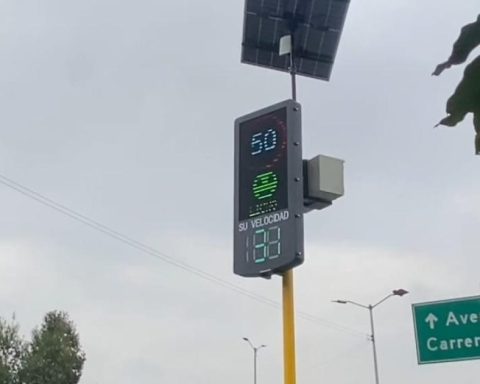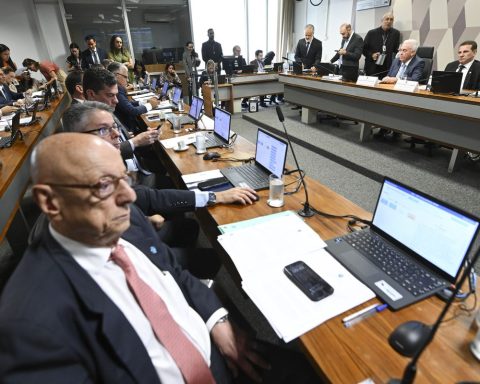Despite the fact that Empresas Públicas de Medellín (EPM) had set between October 15 and 20 as the date on which Hidroituango turbines 1 and 2 would start operating, now the company moved the maximum limit it has for these units to be operational: November 30.
(EPM explains why it made changes to the Hidroituango tender).
It is not the first time so far this year that a date has been announced that is not fulfilled, since at the beginning of the year, the mayor of Medellín, Daniel Quintero, indicated July 26.
This led the union of the public company to ask the manager, Jorge Andrés Carrillo, to present the new schedule. The company pointed out that it is undergoing dry tests and, according to the latest known reports, these are progressing successfully and therefore there can be no talk of a delay yet.
It should be remembered that this project was assigned to Firm Energy Obligations and the associated reliability charge in 2008. Construction, which began in 2012, was to be completed in 2018; however, with the collapse of the diversion tunnel, the work could not meet these assignments, so it was imposed a fine by the Superintendency of Public Services for $1,817 million.
This delay led the National Government to launch two auctions, since there could be a deficit in the energy balance (that is, more energy is demanded than the system has to deliver). EPM participated in this process and was assigned obligations for 10 years to deliver 3,124,111 kWh-days.
(So far in 2022, Anla has resolved 60 environmental licenses).
This should deliver energy to the system on November 1 of this year, at the latest. This given that the Start of the Operation Validity Period (Ipvo) was defined for December 1, 2022, a date that is close to being fulfilled.
The consequences of this project not entering on the scheduled date is that the guarantees of the work are executed, a new fine is charged and the loss of firm energy assignments is declared. It should be remembered that this project would be the largest generator of electricitygiven that with its capacity of 2,400 megawatts it would represent 17% of the matrix.
This means that a delay can generate a deficit in the matrix, especially in the case of an El Niño Phenomenon, which causes hydroelectric generation (majority in the country) to fall.
In fact, the then director of the Mining and Energy Planning Unit (Upme), Christian Jaramillo, told El Colombiano that this hydroelectric plant would have to enter this year, as it would give the generation matrix a break.
Additionally, its effect would be lower energy pricesso that if it does not enter in the foreseen times, the effects would be seen in a new rise in energy prices.
For its part, in economic terms, failure to start operating within the stipulated times implies that the guarantees are executed.
“The project auditor could declare the “serious and insurmountable non-compliance”, that means that the CREG would initiate an administrative action that could lead to the execution of the guarantees,” explained Miguel Lotero, former Vice Minister of Energy, in case it does not enter into the agreed deadlines. In the case of the one corresponding to the reliability charge, the guarantee is US$170 million and firm energy obligations amount to US$990 million, that is, they add up to nearly US$1,260 million.
To meet the generation commitments, EPM needs to put two of the 8 turbines into operation; however, to meet the capacity obligations it requires four, which according to the company’s work plan, would be in 2023.
Daniela Morales Soler
BRIEFCASE
















